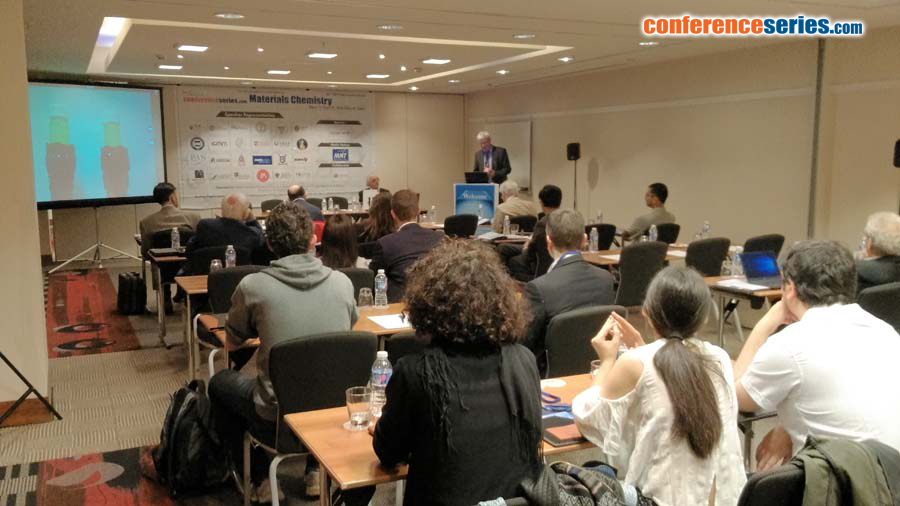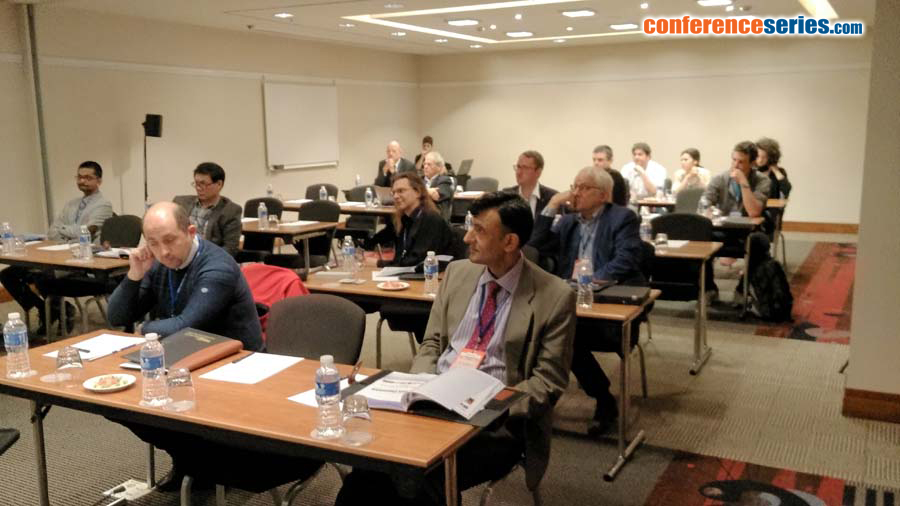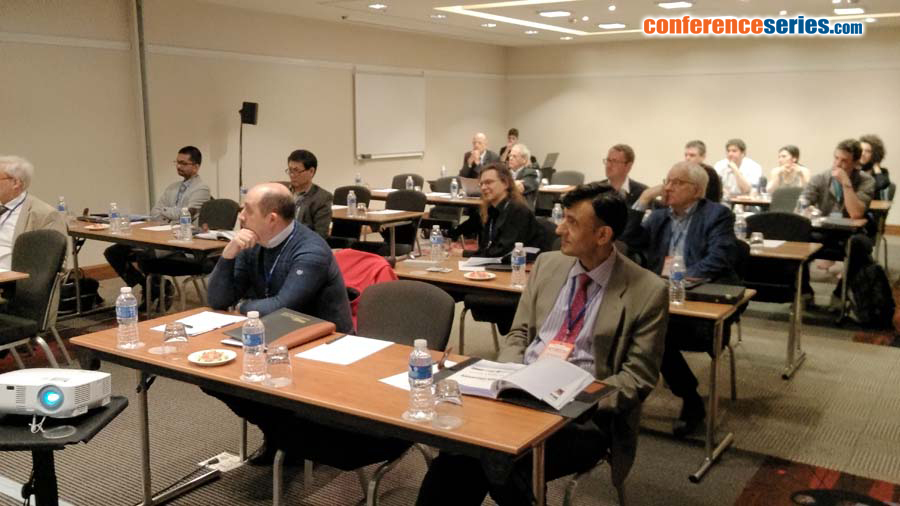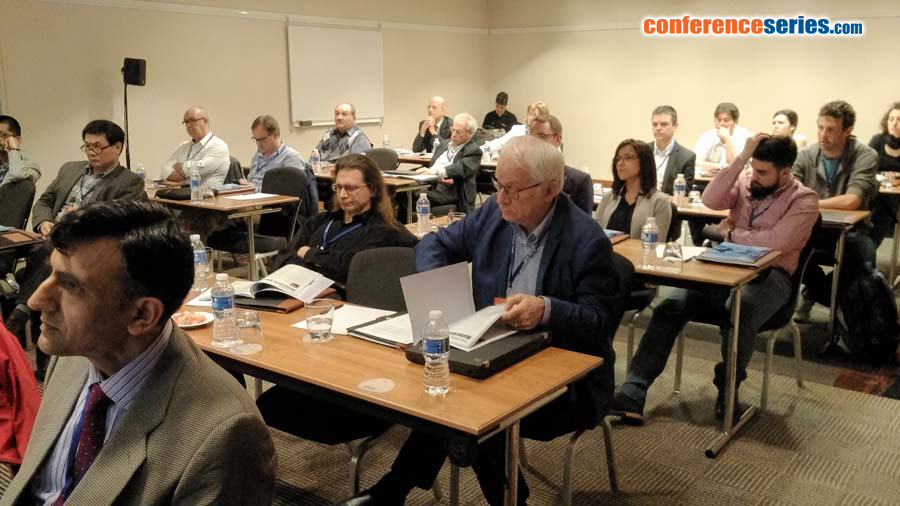
Elena Brandaleze
National Technological University, Argentina
Title: Microstructure evolution at different cooling rates of a low carbon microalloyed steel
Biography
Biography: Elena Brandaleze
Abstract
In low carbon microalloyed steels (C0.1%), the content of Nb and Ti affect the phases transformation kinetic during cooling in industrial processes such as the rolling process. The final microstructure obtained determines the mechanical properties required such as: high formability, high toughness and adequate strength. For this reason is relevant to identify and determine the volume fraction of the ferrite, bainite and martensite present. Nb and Ti promotes carbides precipitation in austenite. The precipitates control the grain size increase during hot rolling process. It is necessary to deep the knowledge on the microstructure evolution at different cooling rates. An integrated methodology including dilatometry combined with microscopy techniques was developed. By dilatometry it is possible to determine phase’s transformation temperatures through the volumetric variation that occur in the steel in relation with temperature. Nevertheless, it is necessary to correlate this information with the structure characteristics. In this sense, microscopy techniques and microhardness measurements allows identifying the phases generated through each cooling rate. By Electron Backscatter Diffraction (EBSD) technique, the structural study was completed. In this paper, results obtained on low carbon microalloyed steels (with C contents between 0.11%-0.06%) applying the mentioned integrated methodology is informed. The structural study was carried out by light microscopy and Scanning Electron Microscopy (SEM) including EBSD in order to identify the microstructural constituent of steels and to determine the grain size. Also microhardness measurements allow us to confirm the phases identified in the samples. The information permits to predict the evolution of the steel structure at industrial processes conditions.




